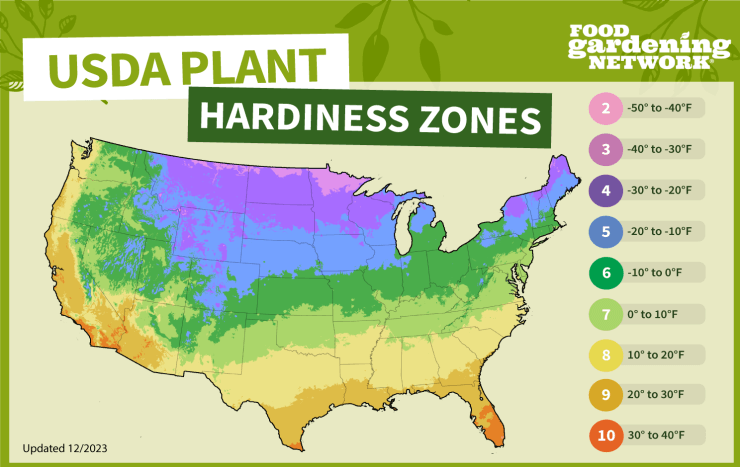Tomatoes (Solanum lycopersicum) are a popular garden crop, and their success depends on the climate and growing conditions. Let’s explore:
Growing Zones:
Tomatoes thrive in various USDA hardiness zones, which are determined by factors like temperature, frost dates, and growing season length.
Here are some examples of states within these zones:
Zone 4: Includes
- parts of Minnesota
- Wisconsin
- Michigan
Zone 5: Encompasses regions like
- Illinois
- Ohio
- Pennsylvania
Zone 8: Covers areas such as
- Georgia
- Alabama
- Louisiana
Zone 10: Includes regions like
- Hawaii
- Puerto Rico
- South Texas
Sunset Climate Zones provide a more comprehensive view, considering year-round climate factors. For instance:
Zone 1: Coldest winters in the West and Western Prairie States, with short growing seasons near large bodies of water.
Zone 3: Mildest high-elevation and interior regions in the West, with shorter growing seasons but milder winters.
Zone 12: Warmest climates with over 210 heat days.
Indoor Cultivation:
Yes, you can grow tomatoes indoors! Here’s how:
- Start Seeds Indoors: Begin tomato seeds indoors 6 to 8 weeks before your region’s last frost date.
- Choose a Sunny Spot: Place potted tomato plants near a sunny window, ensuring they receive at least 8 hours of full sun per day.
- Well-Drained Soil: Use a well-draining potting mix in containers with drainage holes.
- Temperature Considerations: Wait until night temperatures remain above 50°F (10°C) to transplant tomato plants outdoors.
- Greenhouses: If you live in colder climates, consider using a greenhouse to extend the growing season.
Remember, tomatoes need warmth, sunlight, and well-drained soil to thrive. Whether in your garden or indoors, these juicy fruits will reward you with delicious flavors!
Check out the USDA Plant Hardiness Zone Map and find out what zone your zip code is located in here. Or you can use our map to get a general idea of what your plant hardiness zone is.



 Previous
Previous


Your list does not match your map — I think the map is more correct (for example your list shows Ohio as zone 5 and the map shows it as zone 6). In fact, the list makes it seem like only those zones are good for growing tomatoes, which is not true!
I am in SE PA and we are NOT in zone 5 has you have stated here. Due to Climate Change, we are now in Zone 7 and the map you show here verifies that. Please update your data.